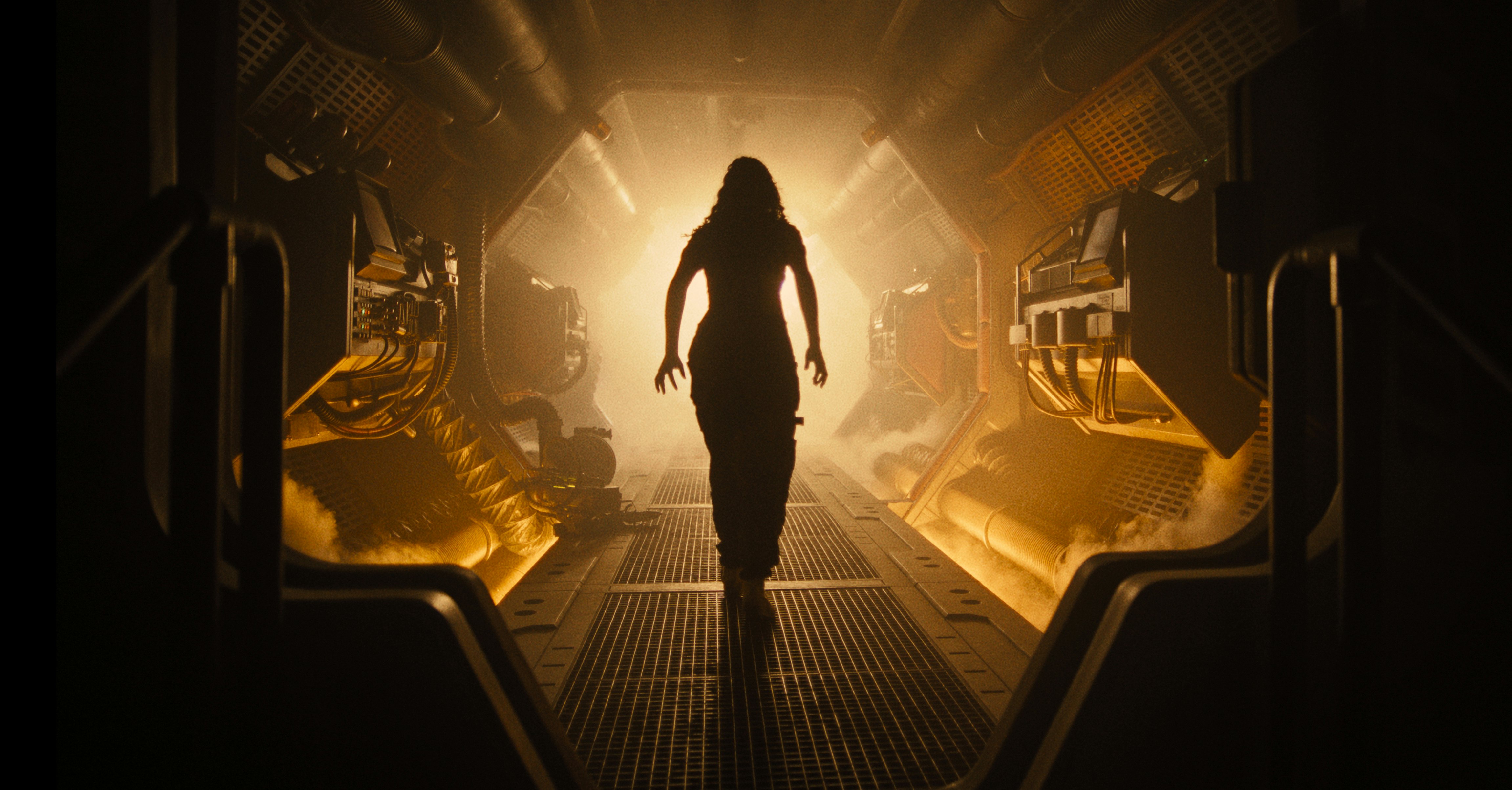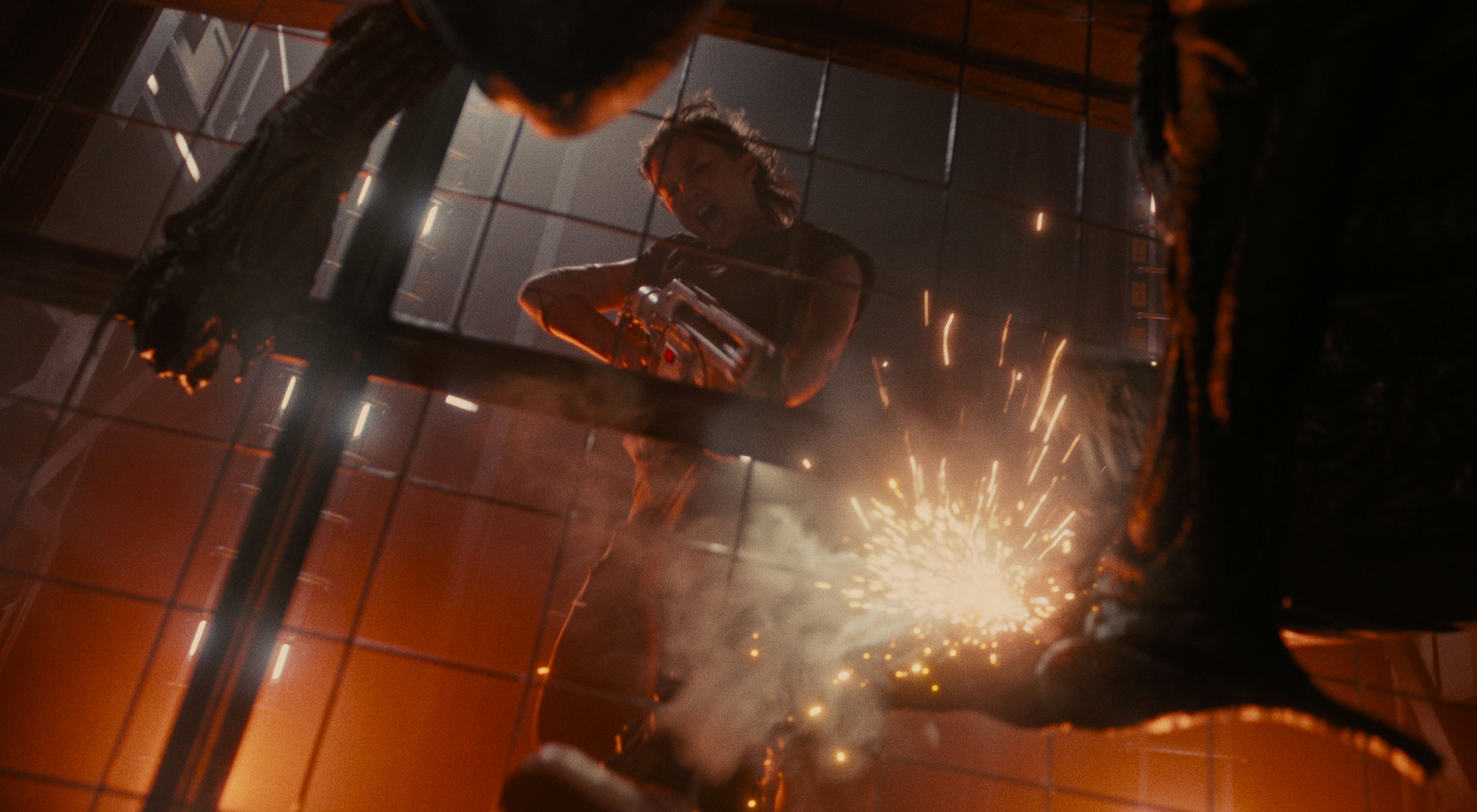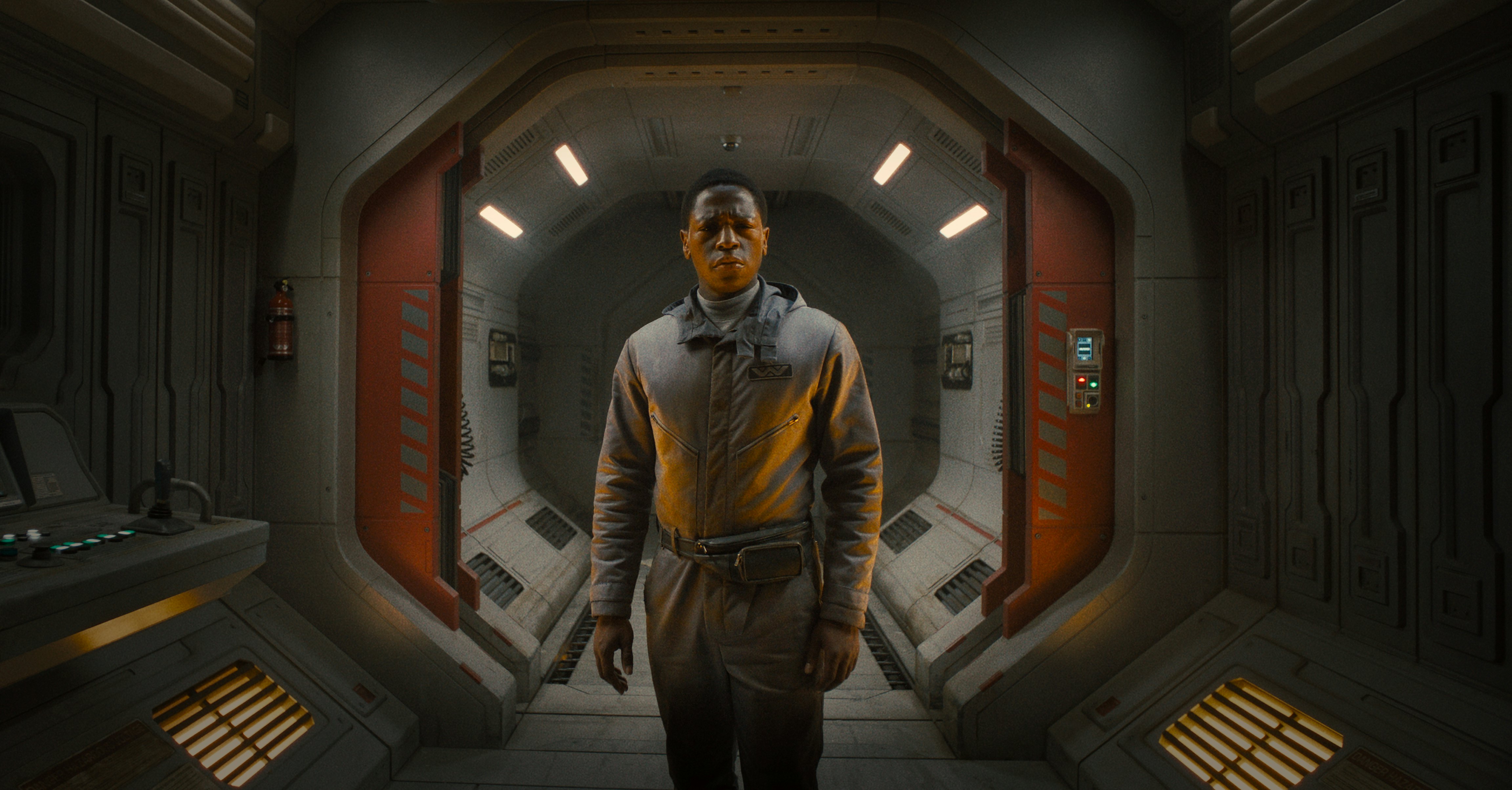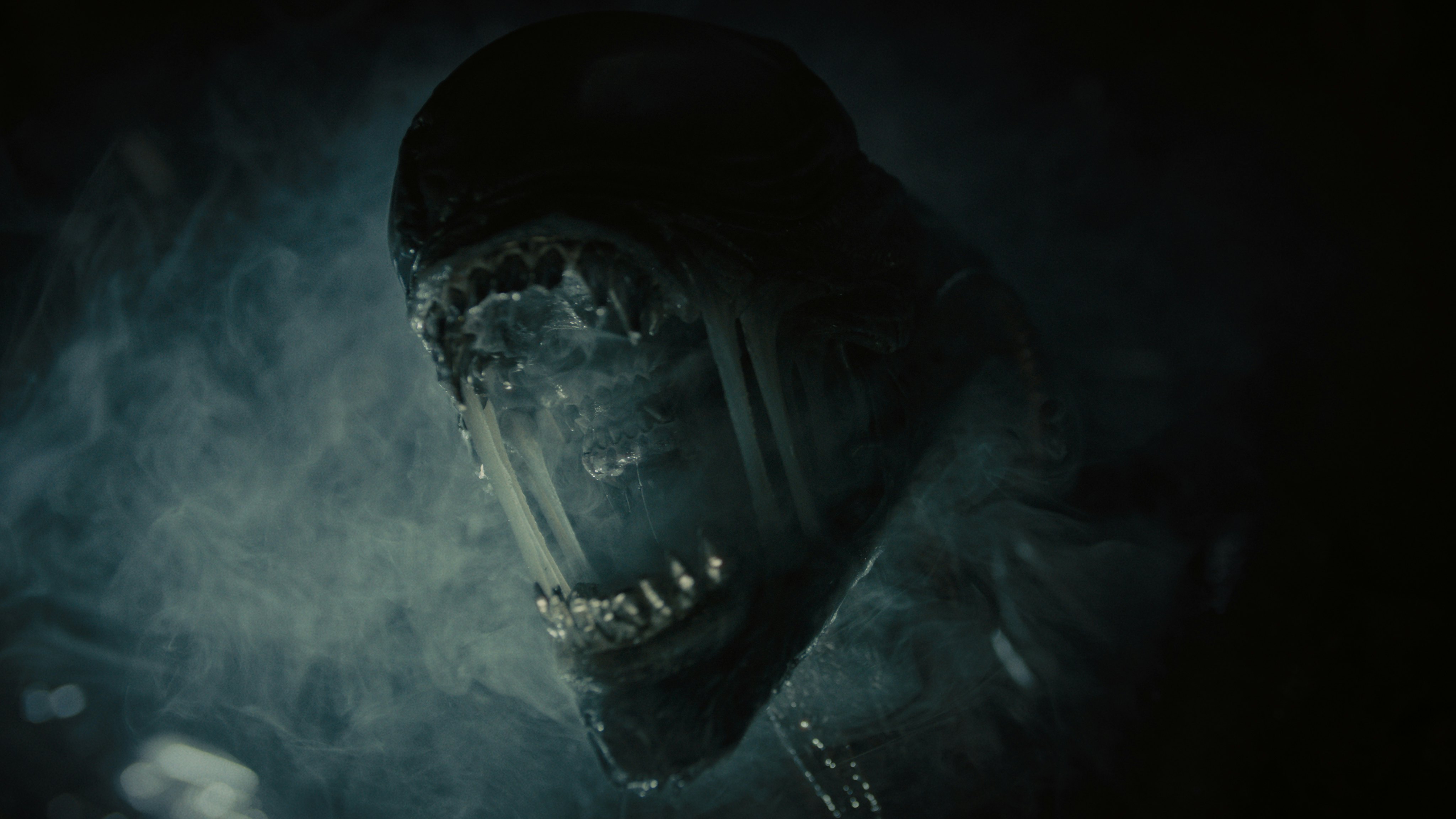
Alien is one of our weirder mega-franchises. Ridley Scott’s 1979 original was a nasty claustrophobic thriller that Scott himself once called a “haunted house movie in space.” It was followed by sequels that maintained its slasher format to exceedingly brutal degrees. When Scott returned to usher the franchise into the 21st century, he did something unexpected: He took a sharp left turn into cerebral sci-fi, delivering a ballsy prequel that delivered a cynical interpretation of humanity’s place in the universe. Prometheus and Scott’s even bleaker sequel, Alien: Covenant, were somewhat rejected by audiences who just wanted to watch a gross alien murder a bunch of people. So it makes sense that 20th Century Studios execs, in a panic over preserving one of their last staying pieces of IP, called on Fede Álvarez, whose breakout hit Don’t Breathe was a nasty claustrophobic thriller that practically screams “Hey, this guy could make a solid Alien movie.”
The result, the midquel Alien: Romulus, is a solid Alien movie. But in its sweaty attempts to bring the franchise back to basics, Romulus feels less like its own movie and more like a greatest hits of the Alien series. It’s a well-constructed sci-fi thriller that delivers plenty of gruesome gore and taut set pieces — without any of the bold creative swings of previous films. It’s a movie that is very much a part of the current “rebootquel” phenomenon sweeping Hollywood. And because of that, it’s too creatively cautious to fully embrace all the weirdest, most alienating parts of a truly great Alien movie.

Alien: Romulus takes place 20 years after the events of Alien and follows orphaned miner Rain Carradine (Cailee Spaeny), who, with her synthetic brother, Andy (David Jonsson), joins an illicit salvage mission led by her ex-boyfriend Tyler (Archie Renaux). Tyler’s crew have discovered a nearby decommissioned space station that could contain the cryopods they need to escape their dead-end lives on the gloomy mining colony of Jackson’s Star.
This group of plucky 20-somethings (who all feel one step removed from teenhood) get trapped on board the Romulus and Remus, the two halves of what is revealed to be a giant Weyland-Yutani laboratory conducting surreptitious experiments on Xenomorphs. When the group accidentally awakens the lab subjects, they not only encounter swarms of facehuggers, they also meet terrifying new breeds of hybrid Xenomorphs that present. But the scariest thing that they encounter on board the Romulus is a familiar face that has been resurrected in digitally de-aged form to remind you of how much you loved the original Alien.

Perhaps the marketing campaign’s alarmingly wooden reshuffling of the franchise’s iconic tagline into “No one can hear you scream in space” is the greatest representation of what makes Alien: Romulus feel so creatively hollow. Instead of the ominous poetry of the original slogan, we get something corporate and matter-of-fact. Like its awkward tagline, Romulus is extremely straightforward, moving from one set piece to the next like a new video game level. Álvarez infuses each scene with hair-raising tension and executes each jump scare with a seasoned finesse, but you can’t help but feel like his directive was “Alien but more.” There’s a painful sense of nostalgia in his and Rodo Sayagues’ script, with multiple visual callbacks to iconic scenes from Alien and Aliens, and one throwback line of dialogue so embarrassing you could even tell the actor had trouble getting it out. The film’s dedication to practical effects is admirable, as are Álvarez’s creative methods to up the stakes (one particular scene involving the Xenomorphs’ acid blood and zero gravity is a particular standout), but it never overcomes the increasingly sour taste of its rampant nostalgia.
The blatant nostalgia threaded throughout the film awkwardly clashes with the youthful energy of its cast — the youngest of any Alien crew yet. Álvarez seems the most comfortable with these young characters, presenting a sci-fi spin on the troubled youngsters of Don’t Breathe. He revels in putting them through the wringer, their desperation to survive becoming the engine by which the film’s more familiar beats are given a little more energy.

While Spaeny’s Rain feels at first like a wide-eyed take on Sigourney Weaver’s Ellen Ripley, her resilient ingenuity and tragic backstory makes her feel more like Alien’s response to Rey from The Force Awakens — the film that could indeed be blamed as Patient Zero for the rebootquel trend. But Spaeny is likable enough, as is her love interest Tyler, while Spike Fearn’s jerky Bjorn and Aileen Wu’s tough-as-nails Navarro are given little to do other than be Xenomorph fodder (in some of the most brutal scenes of the movie). Jonsson’s new iteration of the franchise’s requisite android is interesting, with Andy’s frequent malfunctioning making the character feel slightly autism-coded, but it doesn’t add anything new to the franchise. While Isabela Merced’s Kay is annoyingly presented as a fragile damsel for most of the film, she is at the center of its most delightfully disgusting scene — a revolting, body-horror twist that feels like Álvarez’s freaky instincts overcoming any overcautious studio notes.
It’s this moment where Alien: Romulus taps into the hidden strength of the franchise: It’s secretly a little debased. This is a franchise whose first monster, after all, looks like a sentient female genitalia, and whose every variation is inspired by the unnerving biomechanical art of H.R. Giger. Each film has found a way to push the envelope on its gruesome murders, and this scene — though it arrives a little too late in the film — feels like Romulus coming to its own.
Despite that eleventh-hour twist and a few truly impressive set pieces, Alien: Romulus still feels too over-designed and painfully nostalgic to qualify as one of the better movies of the franchise. But Álvarez is too good a filmmaker to keep it from creeping over into “bad” territory — in the end, Romulus is perfectly middle of the pack.







